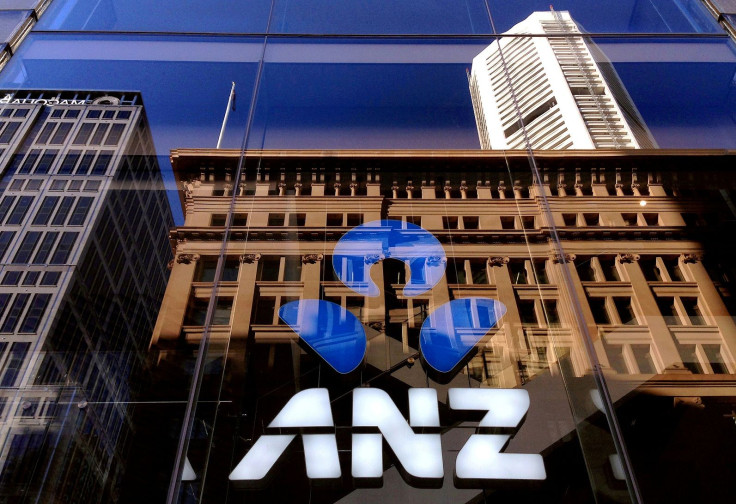Banking in Australia: Real-time funds transfers to be made possible from January

Customers of Australia’s big four banks and at least 50 smaller institutions can soon enjoy real-time funds transfers, even from different institutions. Making instant payments will be made possible from January 2018.
The change can be the result of a billion-dollar infrastructure upgrade. It follows a review of the country’s payment systems in 2012.
New Payments Platform chief executive Adrian Lovney said that transfers will no longer have to wait over weekends. The main benefit of the launch, he noted, is the faster receipt of money in real time, 24/7 and 365 days a year.
Through the weekend, public holidays, at 3 am AEST, funds will arrive in the recipient's bank account in just about 30 to 45 seconds. New Payments Platform is an initiative set up by 13 Australian banks in 2014.
Immediate benefits
Lovney expects that four out of every five bank accounts can embrace the change by late January, with some international and smaller banks to come in later. He said the old way of batch processing bank transfers can still be used, but also noted that bank account holders increasingly judge services based on the immediacy of their benefits.
"They expect things to happen instantly, with a mobile phone, in a 24/7 digital economy- they expect if I'm going to send you money that you'll receive it today and not next week," he said, according to ABC News. The wait time may be a disadvantage for some customers, but the delay allows anti-fraud analysts more time to stop fraudulent transactions.
Lovney said banks must ensure their fraud mechanisms are up to task as some fraudsters can use the speed of the system to rip off bank customers, like what they do today, but faster. He added that they have been hearing about scams such as people pretending to be from the Tax Office, as well as activities on romance scams.
Real-time notifications
US-based financial company Capital One explained the benefits of artificial intelligence and machine learning in staying on top of suspicious transactions. "As we're monitoring customer transactions, [we see if] a card has double-swiped, or maybe they left an unusually large tip, or perhaps a recurring bill [increase]," chief information officer Rob Alexander said.
He added that in real-time, the bank can do calculations for customers and immediately notify what the account holders have spent. Giving customers notifications in real-time means they are able to take immediate actions and have the issues resolved.
Wall Street Journal/YouTube




















